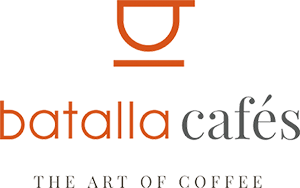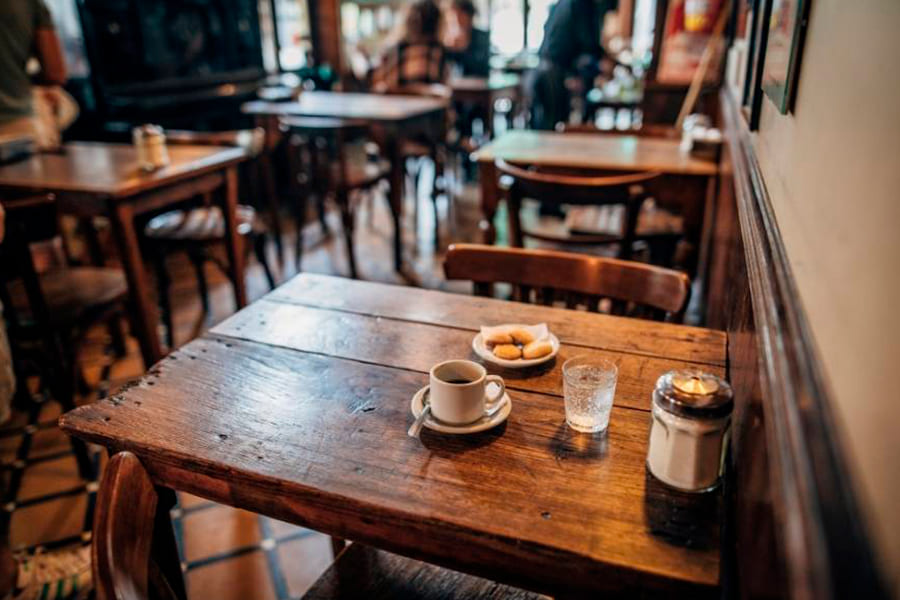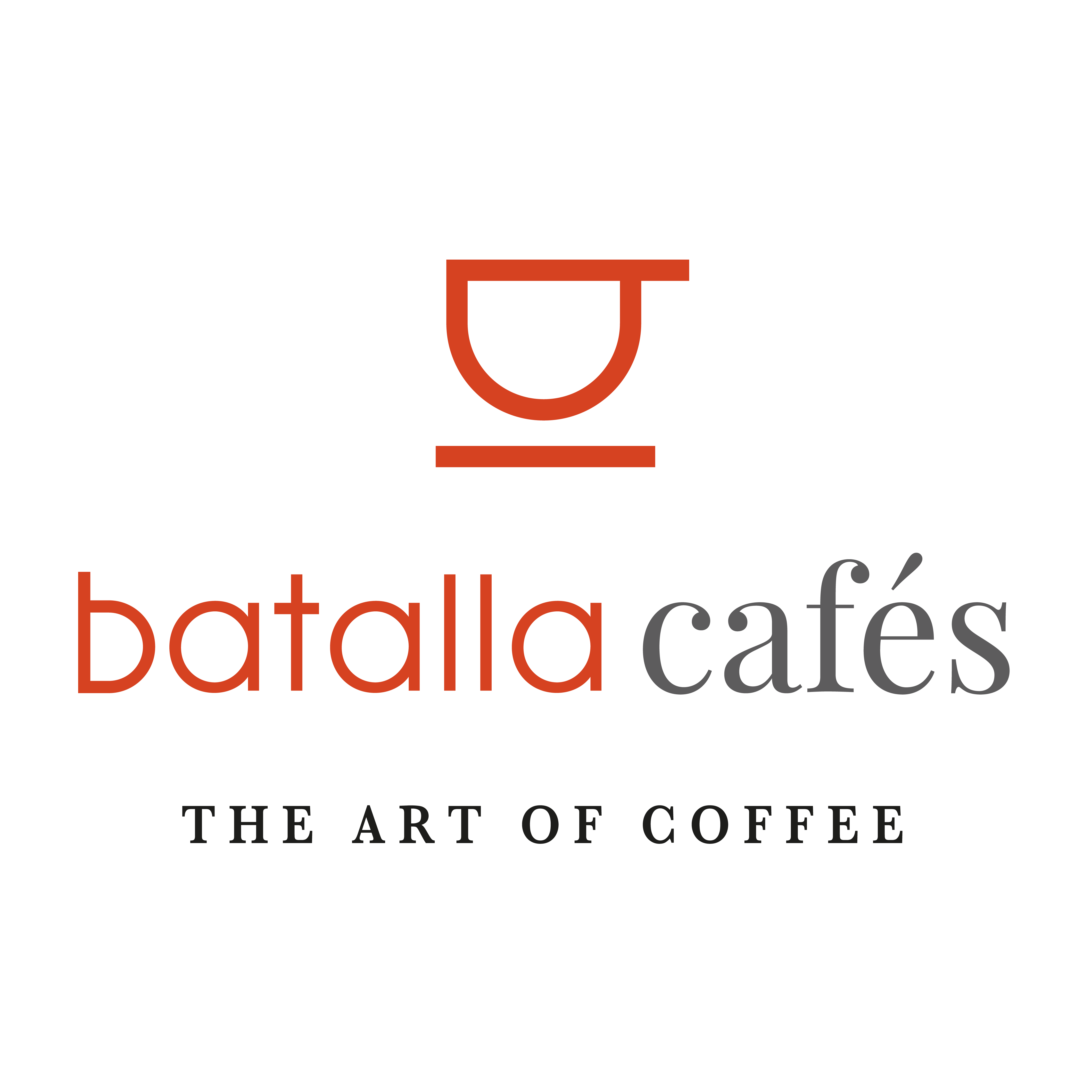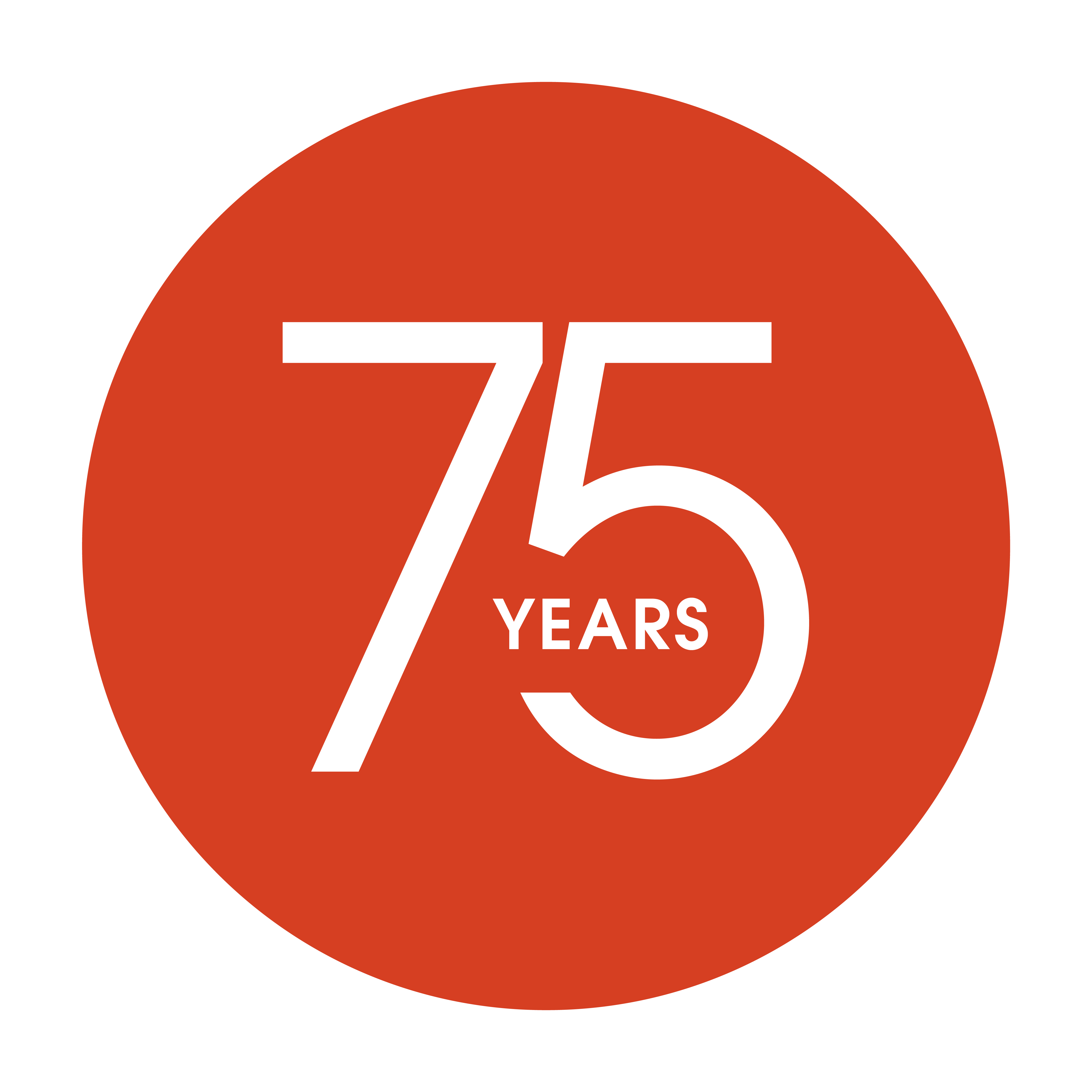Within the history of coffee There are many different versions of its origin, as its origins are not known for certain. But what we do know for sure is that the first cafés Read on!
Constantinople, 1475
In what was once Constantinople, now Istanbul, Turkey, the world's first coffee house, Kiva Han, was opened to the public. At the time, these premises were exclusive and only admitted diplomats and intellectuals.
There is very little documentation regarding Kiva Han, so it is difficult to establish in what year exactly it was opened, but it is believed to have been between 1471 and 1475.
Coffee did not reach Europe until 1615, and it is said that it was a Spaniard who made it known for the first time, entering directly through Venice.
London, 1652
The coffee boom in London began in 1652, when Pasqua Rosée, the Greek-born servant of a British merchant, both coffee lovers, opened London's first coffee house (called Coffee House) next to St. Michael's Church.
To avoid conflict with other local merchants, he made an agreement with Christoper Bowman to be business partners, as Bowman was a free man in London.
"That grave and wholesome liquor, which cures the stomach, quickens the temper, soothes the memory, revives the sad, and cheers the spirits, without angering."
Anonymous poem of the time.
Paris, 1686
In 1686, the Sicilian Francesco Procopio Dei Coltelli decided to open the first café in Paris, called Café Procope, and decorated it with all the luxury of the time. Coffee had arrived at the French court 20 years earlier and Francesco wanted to bring the drink to the public.
It quickly grew in success, becoming the first literary café, where great thinkers and philosophers, such as Voltaire and Rousseau, met.
Venice, 1720
In 1720, the Caffè Florian opened its doors in St. Mark's Square in Venice.
It opened under the name "Alla Venezia Trionfante" (To Triumphant Venice) but quickly became known as the Café Florian after the name of its original owner Floriano Francesconi.
It is worth noting that, at that time, it was the only cafeteria that allowed women to enter, as they were forbidden to enter the rest.
Today it is still open to the public, has a permanent orchestra and hosts a major exhibition of contemporary art every two years.
Did you know about these cafés? We read you in the comments J




